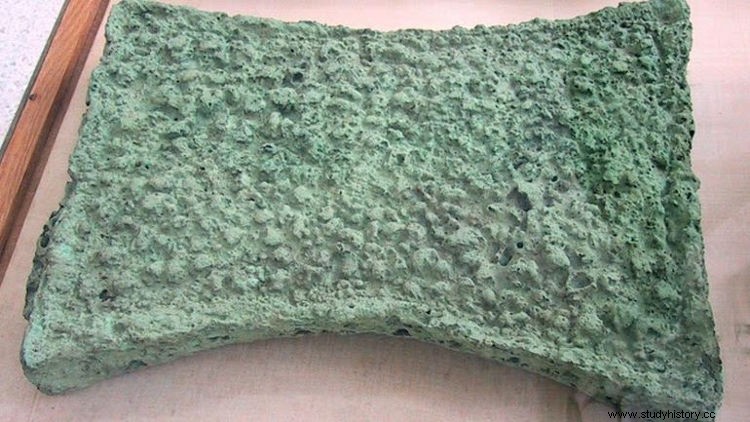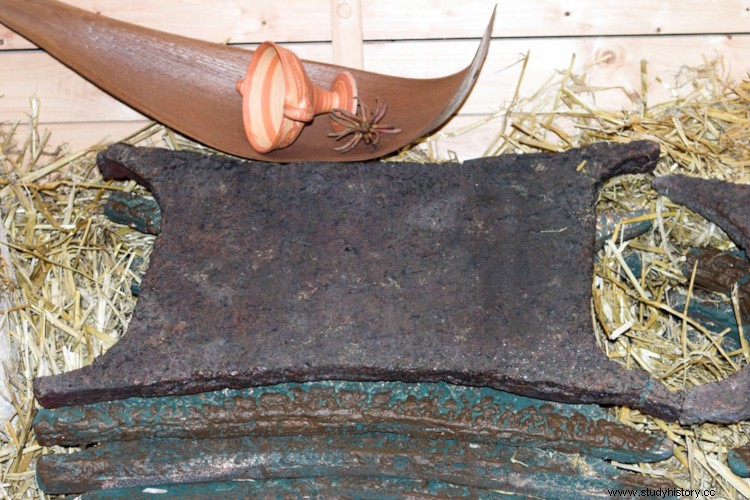The trade routes they have forged history, sometimes ahead of the military path, sometimes behind and sometimes overlapping. It is not always clear which one came before and that is why the discovery of certain pieces in places far away from where they were produced can be confusing , even initially, to both amateurs and experts.
This is what happened not long ago with a Viking tomb where a ring was found with the name of Allah inscribed on it. A case that highlighted once again the extraordinary range of commercial action of those Nordic peoples .
But, apparently, this economic link between Scandinavia and the Mediterranean It was not limited to the Middle Ages. This is demonstrated by the recent discovery in Bohuslän (Sweden) of tools made with copper from the island of Cyprus , as indicated by isotope analyses. practiced. It is what could be the oldest known sample of commercial exchange between the two regions, given that the dating of the pieces dates back to the Bronze Age , about three thousand six hundred years ago. Let us remember that copper is one of the metals necessary to alloy with tin and produce bronze.

The main Mediterranean copper producing centers were Sicily, Sardinia, the Iberian Peninsula and Cyprus, an island that apparently could boast of a high-quality metal and used to melt it into a type of ingot known as oxhide , because they were plates with four projections on the corners to facilitate handling, which made them similar to extended bovine skin . Each ingot weighed thirty-seven kilos approximately and many have been found throughout Greece and Turkey, often in shipwrecks.
Archaeologists had hypothesized that the Mediterranean copper trade began around 1550 B.C. However, the Swedish discovery may change the chronology going further back in the time. The doctor. Johan Ling , from the University of Gothenburg and director of the team that investigates the pieces (about seventy axes and daggers), suggests that Mediterranean copper was not exported to northern Europe en masse but surely following some specific trade route that touched the west coast towns Scandinavian, where Bohuslän is located.

Then another interesting question arises:what was the payment currency ? Assuming that barter was the transaction system, what product did the Nordics give in exchange for those ingots? There doesn't seem to be an easy answer.
Ling leans towards the probable and points to the amber , a material that was already known and appreciated since the Neolithic and that the ancient Scandinavians used to use to pay for other merchandise from the Levant.
One last detail, quite significant, on the matter:in Bohuslän there are some petroglyphs which are also from the Bronze Age and represent vessels in commercial activity transporting the characteristic oxhide ingots .
